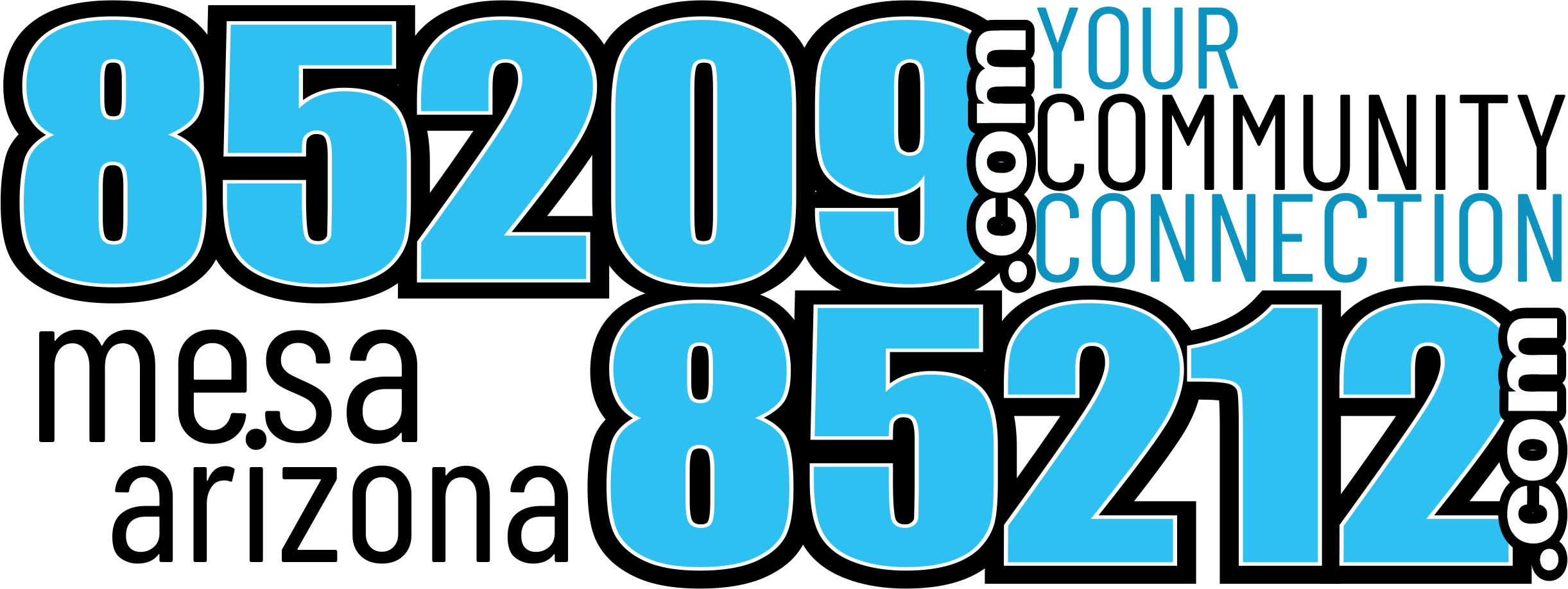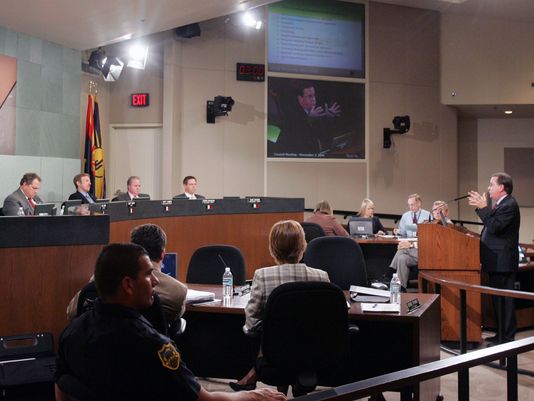For years, Chandler has made economic-development headlines by exploiting the cachet of its Price Road corridor, anchored by a giant Intel Corp. campus.
But as Price Road fills in, where will companies look for large swaths of developable land?
Mesa thinks it has just the ticket: a largely vacant 1.5-square-mile strip on the north side of Elliot Road, with Hawes Road on the west and Signal Butte Road on the east.
It is bounded on the north mostly by single-family homes and, at its eastern end, is across the street from the massive factory now owned by Apple Inc.
The land has several owners, the city itself among them. Its parcels have various designations in Mesa’s existing General Plan, ranging from light industrial to regional commercial centers to offices.
Over the years, various development proposals have come and gone. The recession squelched a shopping center at Elliot and Ellsworth roads. And three years ago, the City Council killed a proposal to build more than 1,300 homes just across from what was then the First Solar Co. factory.
Mesa sees a future where that land is brimming with companies drawn by Apple and the neighborhood’s abundant transportation options, which include Loop 202, the brand-new State Route 24 and Phoenix-Mesa Gateway Airport.
The city is initiating a zoning case that would make it easier for every parcel owner in the strip to accommodate businesses meshing with Apple and with Mesa’s own soaring aspirations.
John Wesley, Mesa’s planning director, unveiled the proposal last week to the City Council’s economic development subcommittee. The panel’s chairman is Councilman Scott Somers, who represents southeast Mesa and the Gateway area.
The ordinance would not change existing zoning on any of the parcels. But it would create an “overlay” zone, designated light industrial, for the entire swath.
Then, if someone wants to change a particular parcel to light-industrial zoning, Mesa would grant that zoning automatically with the submission of the proper paperwork. No public hearings and no further City Council action would be needed.
The paperwork would include development agreements barring a wide range of uses that planners believe are not suitable there, while allowing buildings as tall as 150 feet.
“The Elliot Road corridor provides a great opportunity for further expansion of the technology business, such as Apple,” Wesley said.
“This is about cutting entitlement risk, which is one of the major concerns of a developer” said Bill Jabjiniak, Mesa’s economic development director. “When the actual deal hits the table, we can turn around in a matter of weeks versus months. It can make a big impact to the end user.”
Wesley said the proposal probably won’t begin making its way through the approval process until at least late summer. He said Mesa wants input from the homeowners to the north but noted that an existing power-line easement already provides a buffer between the homes and the land to be rezoned.
Wesley also said the tallest buildings in future projects probably would be kept away from the neighborhoods.
The idea has the backing of Barry Broome, president and CEO of the Greater Phoenix Economic Council.
Broome, who briefed the council committee on his organization’s business-recruitment efforts, said Chandler’s Price corridor will be built out in five years.
“I look at Elliot and say this is the new Price Road,” Broome said. “As you look at Elliot, to me that’s really the next big advanced corridor.”
Broome also said Gateway Airport is one of the most important economic assets in the entire metro region and that within 10 years, it could become the Valley’s analog to Chicago Midway International Airport.
He said Mesa has done a good job of protecting land around the airport, especially during the white-hot housing market before the recession.
“In ’04 ,’05, ’06, everybody just wanted to obliterate all of Mesa’s employment corridors,” Broome said. “Going forward, we have to stand our ground as much as possible on employment corridors.”
Gary Nelson, The Republic







